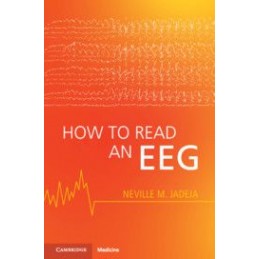- Reduced price

Order to parcel locker

easy pay


 Delivery policy
Delivery policy
Choose Paczkomat Inpost, Orlen Paczka, DHL, DPD or Poczta Polska. Click for more details
 Security policy
Security policy
Pay with a quick bank transfer, payment card or cash on delivery. Click for more details
 Return policy
Return policy
If you are a consumer, you can return the goods within 14 days. Click for more details
Data sheet
Reference: 103359
Author: Neville M. Jadeja
Reference: 64679
Author: Joseph B. Lambert
Reference: 87651
Author: Linda-Farris Kurtz
A Guide to Creating, Leading, and Working With Groups For Addictions and Mental Health Conditions
Reference: 17670
Author: Tony Attwood
Poznawczo-behawioralna terapia złości dla osób z zespołem Aspergera
